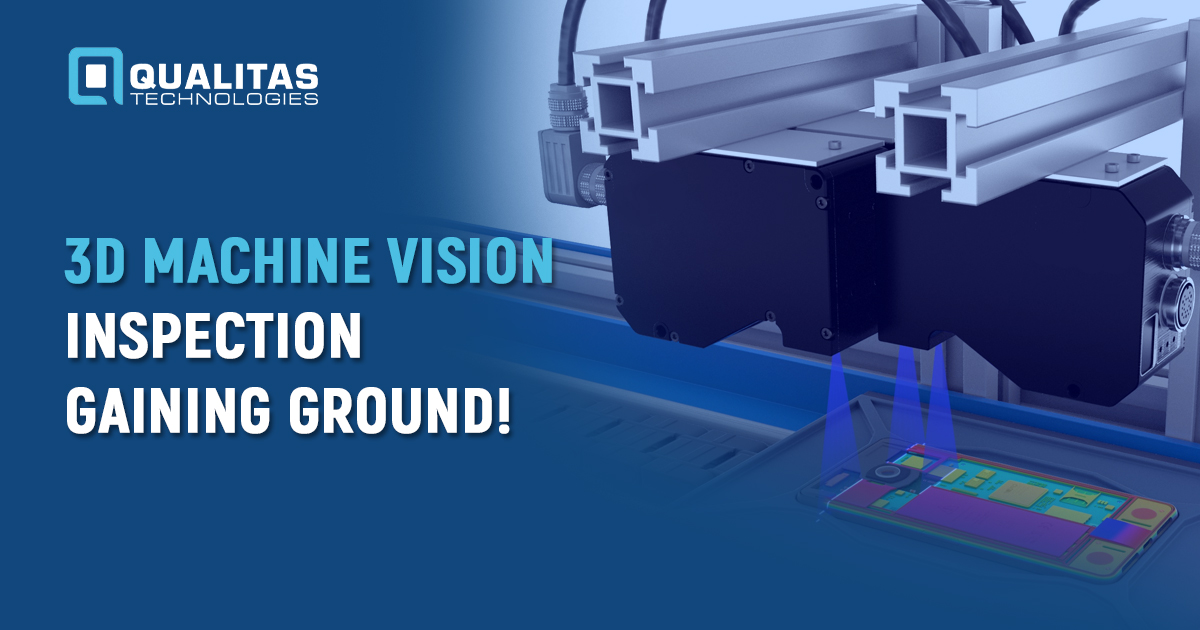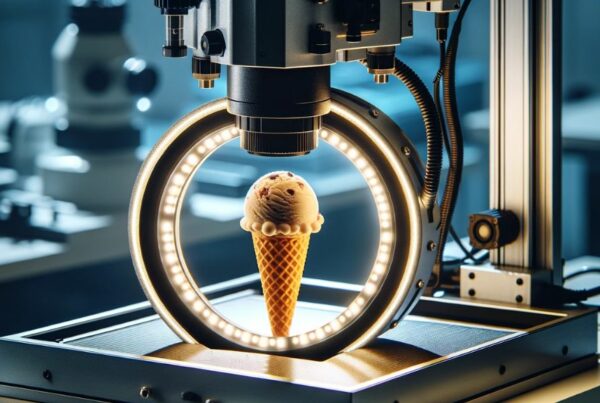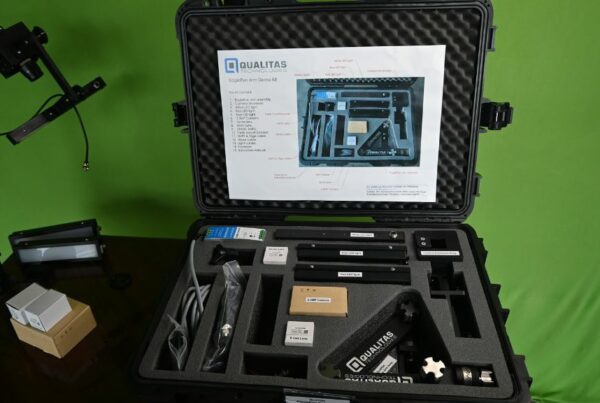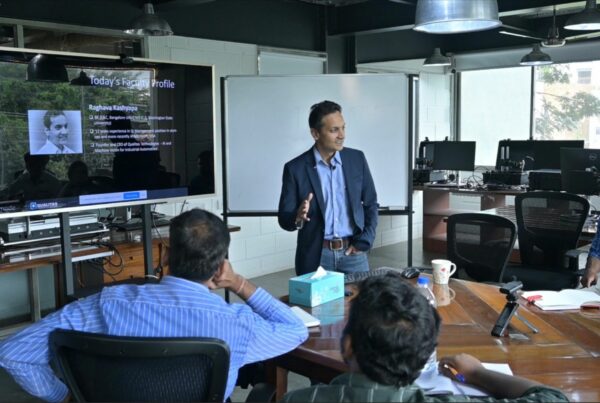
Introduction
With technology taking massive leaps at faster rates than ever before, innovations that were once unaffordable are becoming cheaper and fitting in well with budgets. This phenomenon has been quite prominent in the field of 3D machine vision. While machine vision has been there for some time, the emergence of affordable 3D industrial cameras and sensors has provided a major impetus to a host of new applications. Sources state that the 3D machine vision market is poised to touch $ 2.4 billion by 2025 from $ 1.5 billion in 2020, at a CAGR of 9.4% from 2020 to 2025.
So, what is a 3D vision? And how does it work? Well, 3D machine vision can be comprehended as a kind of technology that facilitates three-dimensional measurement or inspection of 3D surfaces or objects. Just as the name suggests, the extra dimension is what differentiates a 3D vision system from a 2D machine vision system. More precisely, 2D machine vision systems capture images in the form of two-dimensional maps. 3D vision systems, on the other hand, capture dimensional data from all possible angles. The 3D vision scanners output a point cloud, a digitized model that combines data regarding both the location and shape and delivers highly accurate visual imagery.
Types of 3D Machine Vision
3D machine vision techniques can be broken down into three broad categories, which have been listed below:
- Laser Triangulation
In the laser triangulation technique, the object under observation is usually probed by a line laser which forms a line of light through which the object is passed. A camera at a known angle captures the images on the laser line. Many profiles are generated from which a three-dimensional image is created. One important requisite for laser triangulation is that the object moves relative to the camera.
- 3D Stereo Vision
Fundamentally, the geometric process of 3D stereo vision is based on the use of two cameras. These two cameras are analogous to a pair of human eyes that capture 2D images of the objects. Then, the images are superimposed to form a 3D image using specialized algorithms. 3D stereo vision allows for the movement of the object during the recording. One con of 3D stereo vision is that it requires two cameras, raising the costs. 3D stereo vision is prevalent in robotics and surveillance applications.
- Time of Flight
These 3D vision systems measure distances using the flight of time principle (ToF). The basic idea behind this technique: a light pulse illuminates the desired area. A camera then measures the time which the light takes to reach the object and return. The time, in turn, gives the idea of the depth, thus providing data for the third dimension.
When to use 3D Vision?
The fact that 2D vision systems have been in use for decades since their invention is a testament to their worth. They are simple and cost-effective. So, what’s then wrong with them? There are many scenarios where 2D machine vision systems are unpragmatic. For instance, you want to scan a large, 3D object. This task might require multiple 2D industrial cameras and a complex setup, making 3D vision systems a smarter choice in this case. Three major applications of 3D vision systems have been enumerated below:
- Robotic Guidance
A three-dimensional image would allow the automated robotic arms to perform tasks ever more accurately and manage precise manufacturing movements and calculations. For example, the automotive industry uses a huge number of vision-guided robotic arms.
- Quality Control
3D vision-equipped machines are capable of identifying anomalies and defects invisible to the naked eye, in near real-time and report them if they don’t meet the predetermined quality specifications, saving precious time, money and effort.
- Mapping in Geology
You might be wondering, what is 3D vision doing in geology? While 3D mapping is helping us build better homes and buildings, it is also helping us discover the secrets of unmapped oceans and landmasses.
Benefits of 3D Machine Vision
The lack of the element of depth and true shape information is of no consequence in several reasonably simple applications such as barcode reading, label verification, and character recognition. However, some limitations of 2D systems that make 3D machine vision beneficial and more suitable in several applications are:
- Lighting
Since the image is formed by the light reflected from it, variations in lighting due to changes in ambient conditions can have an adverse impact on the accuracy and clarity of some features.
- Contrast
Since it is the clear contrasts and, therefore clear characteristics in the target object’s features on which 2D machine vision depends, it will struggle to handle both very shiny or very dark target objects. Lack of contrast is a significant challenge for 2D vision systems.
- Lack of Depth
Obviously, the 2D machine vision systems cannot cope with the intricacies of three-dimensional form. For complex assemblies, where measuring the third dimension become critical, where the volume needs to be determined, or a part needs to be handled, 2D machine vision becomes redundant.
And here’s the most important point. Since 3D machine vision systems are capturing the extra third dimension reliably, they are immune to the environmental factors severely affecting the 2D systems, such as lighting, contrast, and distance to the object. As 3D machine vision systems can effectively overcome these limitations, they can be implemented on a wider variety of objects and surfaces.
Conclusion
In this post, we discussed what is 3D vision and how is it different from 2D machine vision. We have also comprehensively addressed questions like what is 3D vision’s role in industries, what are its advantages over 2D machine vision, and what are the types of 3D machine vision.





